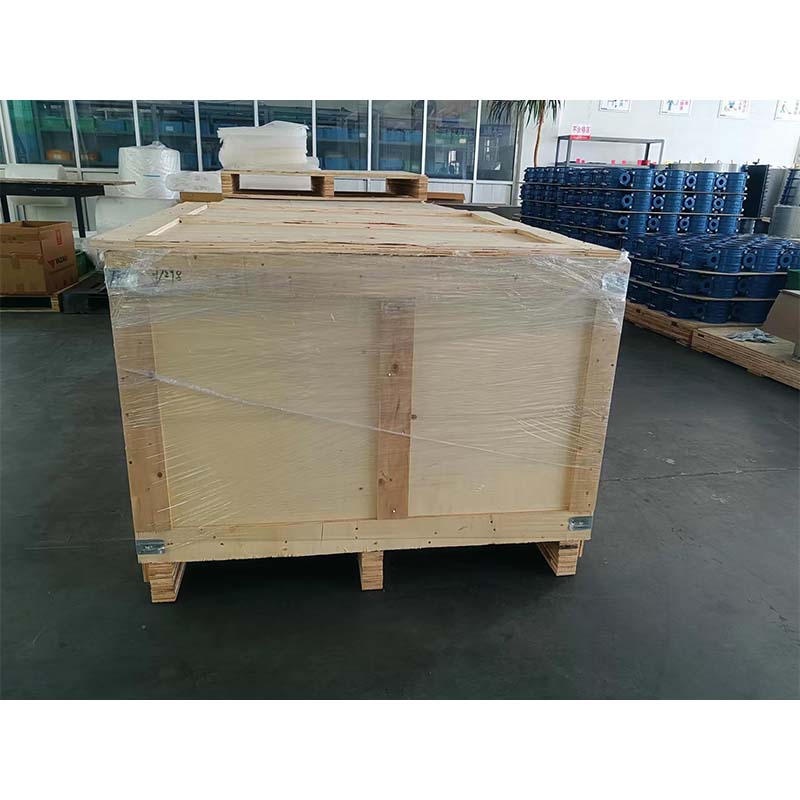rotary butterfly valve
Rotary Butterfly Valve An Overview
The rotary butterfly valve is a widely used valve type in various industrial applications for regulating or controlling fluid flow. As the name suggests, this valve operates with a rotating disk that acts as the controlling element. Its simple design, efficiency, and versatility make it an essential component in numerous systems, from water supply networks to chemical processing industries.
Design and Operation
The fundamental design of a rotary butterfly valve consists of a circular disc (the butterfly) mounted on a shaft. This shaft, positioned across the valve body, allows the disc to rotate. When the disc is perpendicular to the flow of the fluid, the valve is fully closed, obstructing the flow. Conversely, when rotated to a parallel position, the valve opens, allowing fluid to flow freely. This rotation can be achieved manually, or through electric, pneumatic, or hydraulic actuators.
One of the primary advantages of a rotary butterfly valve is its compact size and lightweight, making it suitable for applications where space is a premium
. Additionally, its design allows for quick shut-off, which is crucial in environments where rapid response to changes in flow is needed.Applications
Rotary butterfly valves are utilized in various industries, including water treatment, food and beverage production, HVAC systems, and chemical processing. In water treatment facilities, for instance, they help in managing water flow efficiently and effectively. In chemical processing, the ability to handle corrosive substances while maintaining leak-proof integrity is paramount, and many butterfly valves are constructed with durable materials designed to withstand such conditions.
rotary butterfly valve

Advantages
One of the key benefits of using rotary butterfly valves is their ease of operation. With minimal effort required to open or close the valve, they can be operated by a single individual, thus reducing labor costs. Moreover, their low flow resistance allows for less energy consumption, making them an eco-friendly choice. The design also enables them to handle a wide range of temperatures and pressures, which is particularly advantageous in dynamic working conditions.
Furthermore, rotary butterfly valves are known for their reliability and long service life. When maintained correctly, they exhibit minimal wear and tear, translating to reduced downtime and maintenance costs.
Challenges and Considerations
Despite their many advantages, rotary butterfly valves come with certain limitations. They may not be suitable for applications involving highly viscous fluids or slurries, as the design can lead to inadequate sealing and potential leakage. Additionally, their efficiency can diminish at high pressures or extreme temperatures, necessitating careful selection for specific applications.
In conclusion, rotary butterfly valves are invaluable in fluid control across diverse industries. Their compact design, ease of operation, and reliability make them a preferred choice for many applications. When selecting a valve, it’s crucial to consider the operational environment, the nature of the fluids being handled, and the system's specific requirements. With the right choice, rotary butterfly valves can significantly enhance the efficiency and functionality of any system.
-
The Smarter Choice for Pedestrian AreasNewsJun.30,2025
-
The Gold Standard in Round Drain CoversNewsJun.30,2025
-
The Gold Standard in Manhole Cover SystemsNewsJun.30,2025
-
Superior Drainage Solutions with Premium Gully GratesNewsJun.30,2025
-
Superior Drainage Solutions for Global InfrastructureNewsJun.30,2025
-
Square Manhole Solutions for Modern InfrastructureNewsJun.30,2025
-
Premium Manhole Covers for Modern InfrastructureNewsJun.30,2025
